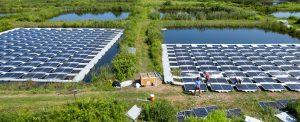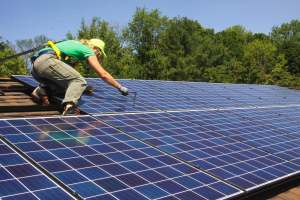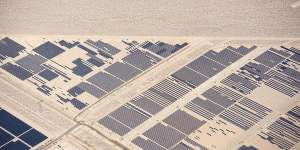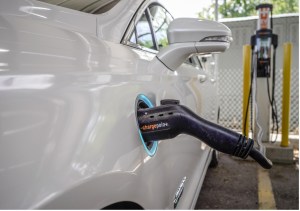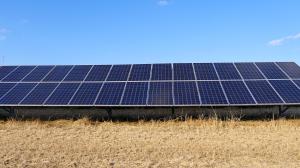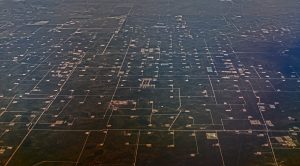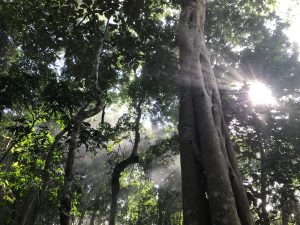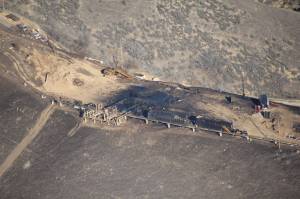Discover stories in Energy
Sun on the Water: How to Plan for a Renewable Energy Future That Floats
The expansion of floating photovoltaics could provide renewable energy while also sparing land. But there are still many unknowns.
Empowering Communities with Solar
The ongoing transformation of the U.S.’s energy systems creates a compelling opportunity to build the energy infrastructure of the future.
Solar Energy Development Doesn’t Have to Destroy Vital Habitat (but It Could)
With careful planning, the U.S. could produce needed solar energy and still protect lands important for animal movement and migration.
Make Lithium Extraction in the U.S. “Smart from the Start”
While the U.S. has potential to be a global lithium producer, careful planning will be required to avoid and limit damage near potential extraction sites.
Using Artificial Intelligence to Understand Solar Energy’s Impact in India
India has set ambitious renewable energy goals, necessary to address climate change. But given the large footprint projected to meet […]
Can Offshore Wind Development Enhance Fish Habitat?
In addition to providing clean energy, a new report demonstrates that wind turbines can also enhance fish and marine life habitat by incorporating nature-based design principles.
Energy Matters: The Importance of Mitigating the Land Impacts of Energy and Extraction
Energy and mining could convert nearly as much land as agriculture by 2050 – including nearly 80% of all projected expansion into the world’s most intact natural lands.
Illegal Logging & Energy Shortages Pressure Myanmar’s Forests
Facilitated by organized crime, illegal logging threatens to destroy Myanmar’s forests. But a national energy crisis and the ensuing fuelwood demand pose an equal threat.
Wind’s Big Footprint: Clean Energy Still Needs Safeguards for Nature
Wind turbines are a vital part of a clean energy future, but we can we site them in a way that minimizes impacts to birds, bats and natural habitats?
Remember That Catastrophic Natural Gas Leak in California? Yeah, That Could Happen Again
New research finds 1 in 5 active underground natural gas storage wells in the U.S. could be vulnerable to large-scale accidental releases, like the one at California's Aliso Canyon well field in October 2015.
The Power of a Healthy Watershed for Energy Security in Gabon
Can Gabon develop its energy resources in a way that provides for people and nature?
Batteries that Run on Blood?
Yes, blood—specifically the part of hemoglobin that transports oxygen—significantly improves lithium-oxygen battery efficiency.
